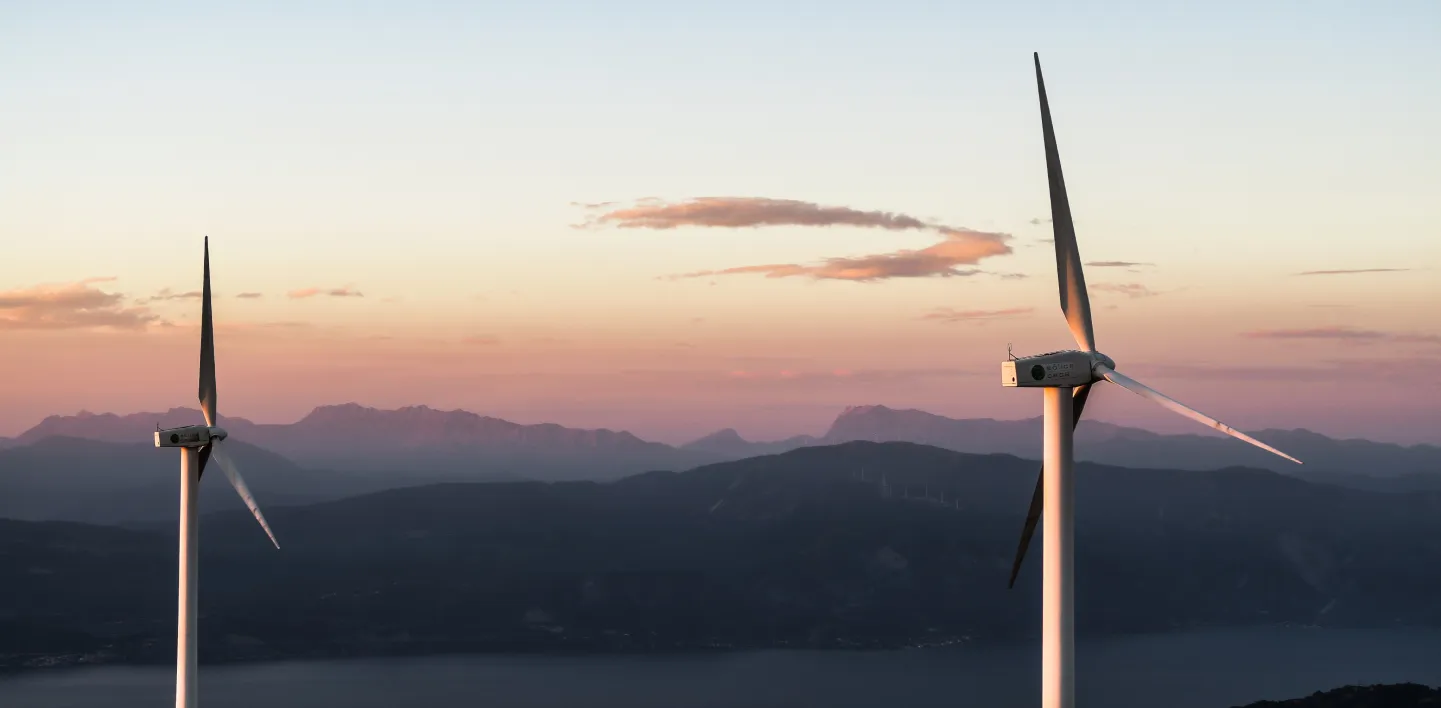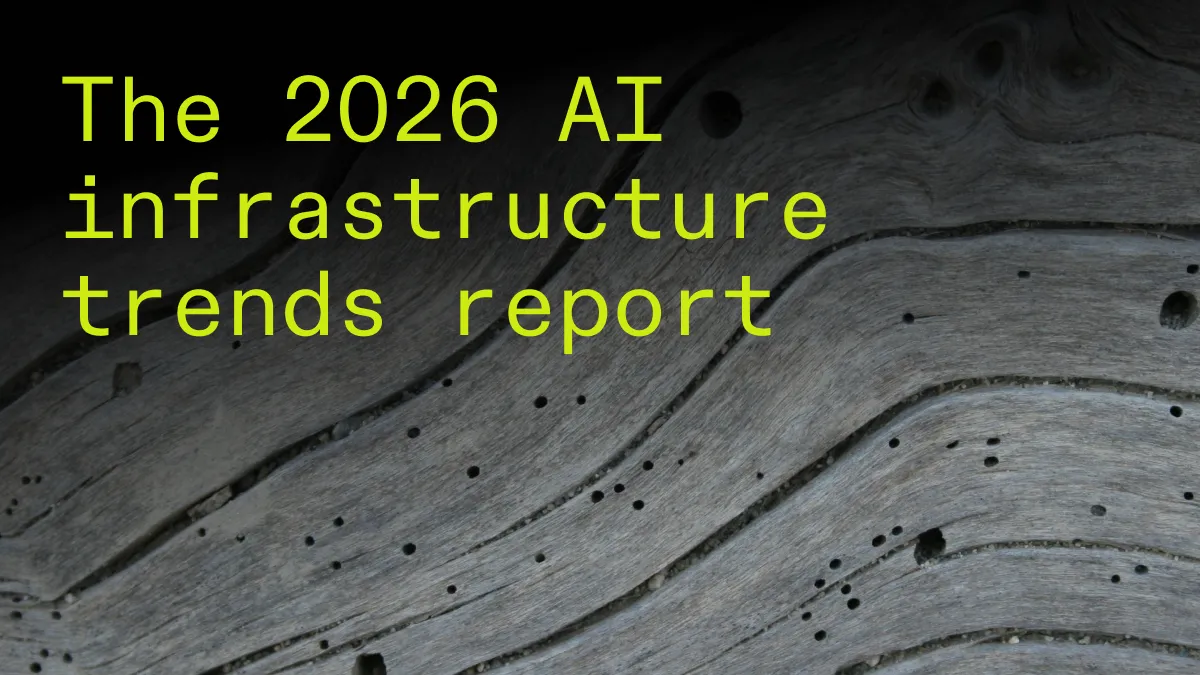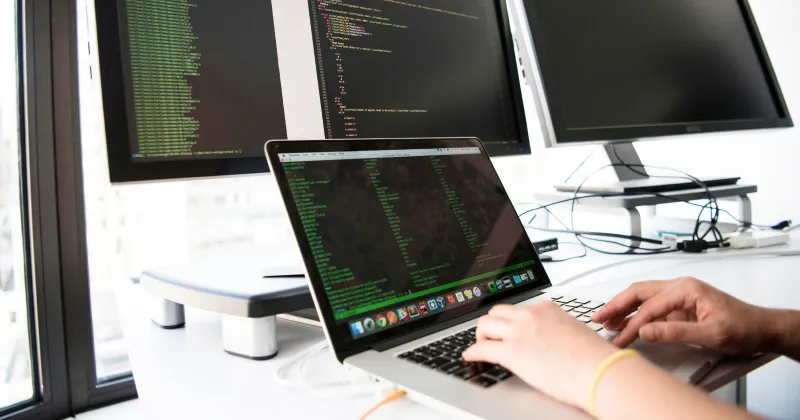Earth month is over. But our work is just beginning.
A number of news outlets have declared 2024 “the year of AI,” or at a minimum, a “critical year for AI.” The innovations driven by AI and other advanced computing are exciting and will likely be transformative to many industries and sectors, but how we power it is equally critical – it will determine whether the world meets our climate goals.

A number of news outlets have declared 2024 “the year of AI,” or at a minimum, a “critical year for AI.” The innovations driven by AI and other advanced computing are exciting and will likely be transformative to many industries and sectors, but how we power it is equally critical – it will determine whether the world meets our climate goals. Hence, it was not a surprise that AI was a frequent topic during the 2024 San Francisco Climate Week, which brought together participants from the sustainability, technology, and climate investing communities.
Given the enormous spike in energy demand that is forecasted due to the growth of AI – the Economist reported that computing already consumes more power than all of Great Britain and the Wall Street Journal reported that AI will soon consume more electricity than all electric vehicles combined – failing to think about how to power AI sustainably will derail efforts to decarbonize the energy sector at a moment when the greenhouse gas emissions associated with energy must fall rapidly to stay on track to reach net zero by 2050.
Merely plugging the power-hungry graphics processing units (GPUs) that are used for AI model training into the grid is not sustainable. Approximately 60% of the U.S. electricity mix is still derived from fossil fuels today. We need more clean energy, but the growth of renewables has not kept pace with the growth in overall electricity demand. To meet the rising demand stemming from AI, some utilities are planning to keep coal plants online or even considering bringing retired plants back online, and building new gas-fired power plants. Rather than adding these energy-intensive AI workloads to the grid, we need alternative solutions.
At Crusoe, we are working every day to solve this problem. Our mission is to align the future of computing with the future of the climate. We were founded on the idea that we need to power computing differently so we can protect the environment and pass this world off to a new generation better than we found it.
The world currently wastes a good portion of the energy that we are producing because it is stranded and unable to reach markets due to transmission challenges and supply and demand imbalances. To circumvent these challenges, Crusoe brings our computing infrastructure and workloads directly to the source of wasted and stranded energy. Digital Flare Mitigation (DFM) technology—our first energy solution— harnesses flared natural gas in hard-to-reach oil fields, which is burned onsite without a beneficial use when stranded.
Flaring emits methane, a super pollutant with over 80 times the planet warming potential of carbon dioxide. We refuse to accept these emissions as a market inevitability. Using our DFM technology, we are able to solve the stranded energy problem of flared gas by using it right there in the oil fields to power modular data centers and reduce harmful methane emissions.
In 2023 Crusoe reduced natural gas flaring by over 5.4 billion cubic feet, which helped avoid 8,500 metric tons of methane emissions. In addition, by tapping into a previously wasted energy resource, we are able to lower the cost of energy and the cost of computing, making computing resources, including the latest NVIDIA GPUs, more affordable and accessible to small startups.
Crusoe is in the process of building a portfolio of sustainable energy solutions. We’re working to tap stranded renewable energy and working with third-party partners using 100% renewable energy to co-locate GPUs. We are proud of the progress we are making to lower the environmental footprint of computing-led innovations to achieve a more sustainable future.
But our work is just beginning. The world will need to massively scale the development of renewable energy and connect them more quickly to the grid. We also need to invest in promising new clean energy technologies – from carbon capture, utilization & sequestration (CCUS) to small modular reactors for nuclear energy, battery storage, clean hydrogen, and more. Lastly, we need to reduce energy waste, improve energy efficiency, and more effectively use existing clean energy resources. Let’s look for alternatives to keeping coal plants online or worse – bringing retired plants back online and building new fossil fuel power plants that will continue polluting for decades to come.



